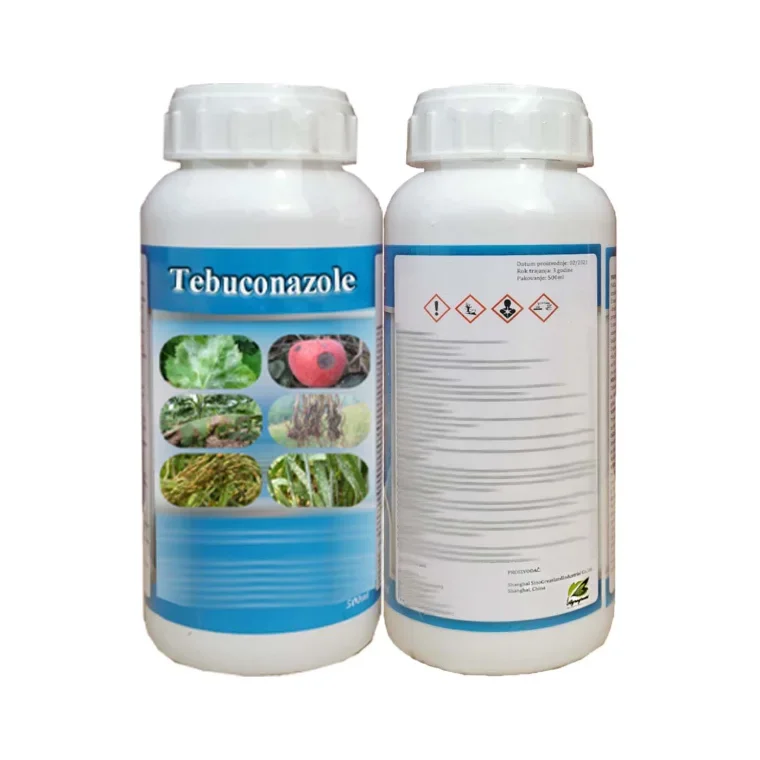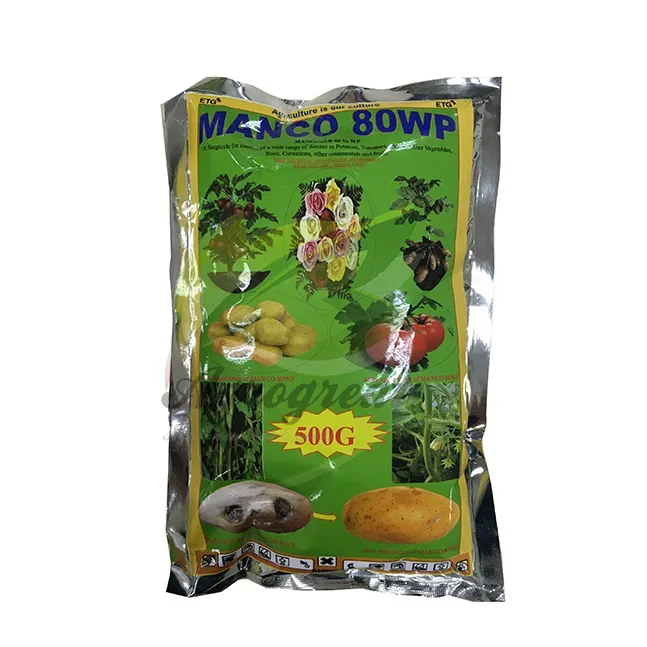Fungicides are essential tools in modern agriculture, helping farmers protect their crops from devastating fungal diseases. However, using fungicides effectively requires proper understanding and application techniques. As a leading advocate for sustainable agriculture, AgroGreat Group aims to provide farmers with valuable insights on fungicides' effective usage. In this article, we will explore the different types of fungicides, their application methods, and the best practices recommended by AgroGreat Group to maximize their efficacy.
I. Understanding Fungicides
What are Fungicides?
Fungicides are chemical or biological agents designed to control or eliminate fungal pathogens that can cause diseases in plants. They work by inhibiting fungal growth, reproduction, or damaging their cell structures.
Types of Fungicides:
There are various types of fungicides available, including contact fungicides, systemic fungicides, protectant fungicides, and translaminar fungicides. Each type has specific properties and modes of action, making them suitable for different disease control strategies.

II. Factors to Consider Before Using Fungicides
1.Disease Identification:
Accurate identification of the target fungal disease is crucial before selecting and applying fungicides. Different diseases may require specific fungicides, and misdiagnosis can lead to ineffective control.
2.Resistant Varieties:
Planting disease-resistant crop varieties is an effective preventive measure that reduces the reliance on fungicides. AgroGreat Group recommends selecting and cultivating resistant varieties whenever possible.
III. Fungicide Application Techniques
1.Timing:
Applying fungicides at the right time is crucial for effective disease control. Timing should be based on the specific disease's life cycle and the crop's growth stage. AgroGreat Group provides detailed guidelines and recommendations for optimal application timing.
2.Proper Mixing and Dilution:
Fungicides should be mixed and diluted according to the manufacturer's instructions. AgroGreat Group emphasizes the importance of accurately measuring and mixing fungicides to ensure consistent and effective coverage.
3.Application Equipment and Techniques:
Using appropriate application equipment, such as sprayers, is essential for uniform and thorough coverage. AgroGreat Group recommends regularly calibrating and maintaining equipment to ensure accurate and efficient application. Techniques such as proper nozzle selection and spray pressure adjustment contribute to optimal fungicide distribution.
IV. Best Practices for Effective Fungicide Use
1.Rotation and Alternation:
To minimize the risk of resistance development, AgroGreat Group advocates for fungicide rotation and alternation. Alternating between different fungicides with distinct modes of action reduces the selection pressure on fungal populations and enhances long-term disease control.
2.Adhering to Label Instructions:
Fungicide labels provide vital information regarding dosage, application rates, safety precautions, and restrictions. AgroGreat Group emphasizes the importance of carefully reading and following the label instructions to ensure proper and safe fungicide use.
3.Integrated Disease Management:
Fungicides should be integrated into a comprehensive disease management strategy. AgroGreat Group recommends combining cultural practices such as crop rotation, sanitation, and the use of resistant varieties to reduce the reliance on fungicides and enhance their effectiveness.
4.Monitoring and Surveillance:
Regular monitoring of crops for disease symptoms is crucial to detect early signs of infection. AgroGreat Group advises farmers to establish a surveillance system and promptly respond with fungicide application when necessary, based on predetermined thresholds.

V. AgroGreat Group's Commitment to Sustainable Fungicide Use
1.Research and Development:
AgroGreat Group invests in research and development to discover innovative fungicide solutions with enhanced efficacy and reduced environmental impact. The continuous improvement of product performance ensures farmers have access to effective disease control tools.
Training and Support:
AgroGreat Group provides comprehensive training materials and support to farmers, agronomists, and agricultural professionals. Educational programs cover various aspects of fungicide use, including proper application techniques, resistance management, and integrated disease management.

Conclusion
Fungicides, when used effectively, are valuable tools in combating fungal diseases and ensuring crop health. AgroGreat Group emphasizes the importance of understanding different fungicide types, employing correct application techniques, and integrating fungicides into a comprehensive disease management strategy. By following best practices and utilizing AgroGreat Group's expertise, farmers can maximize the efficacy of fungicides while promoting sustainable agriculture for future generations.
